A boardwalk for visitors surrounds this covered archaeological site with coquina and tabby remnants from a plantation in Palm Coast FL.
History
Joseph Hernandez, Florida's first delegate to the U.S. Congress in 1822 and the nation's first Hispanic congressman, purchased Mala Compra (Spanish for "bad bargain") in 1816. The cotton plantation was destroyed during the Florida War (1835-43) between Seminoles and whites.
The archaeological site was created in 1999. Excavations revealed the foundations of the main house, a kitchen/wash house, and coquina well. The main house was built with tabby floors and a wood frame supported by coquina blocks. Whereas tabby is an oyster shell concrete, coquina is a shellstone found along the coast of Northeast Florida.
Location
GPS: N 29°36.963 and W 81°12.251
Address: 5862 N. Oceanshore Blvd., Palm Coast FL 32137 (in Bing's Landing Park off State Road A1A)
Accessibility: Free and open to the public at any time

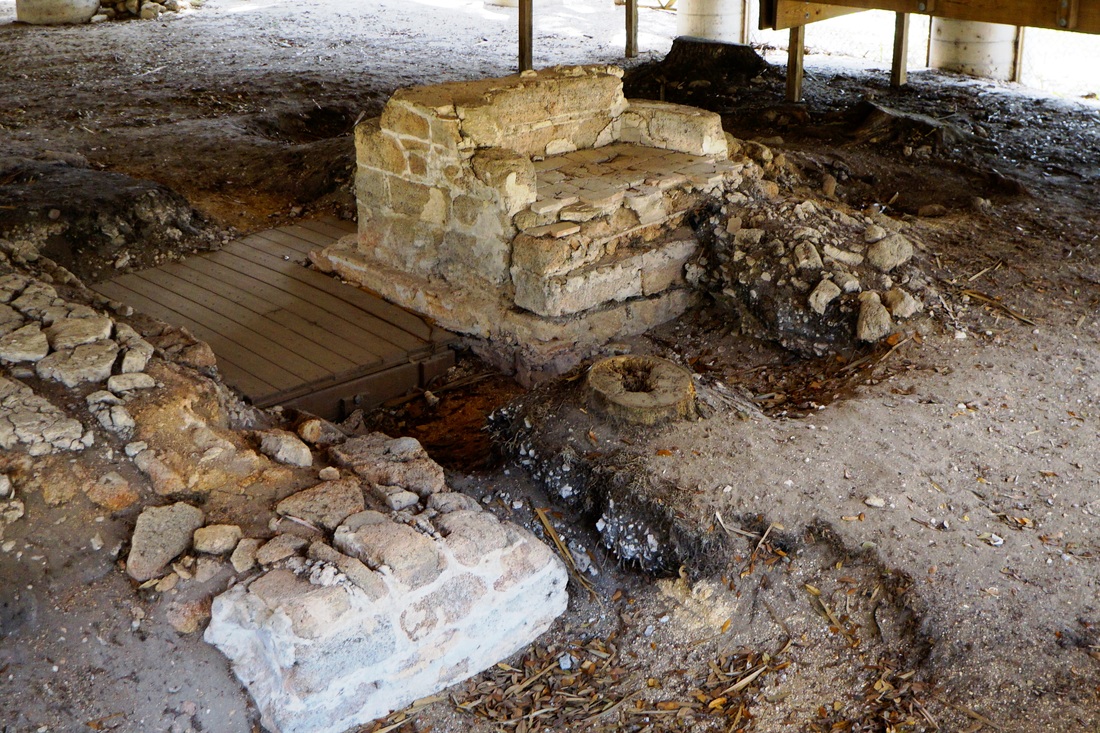

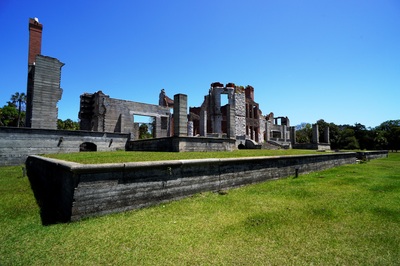
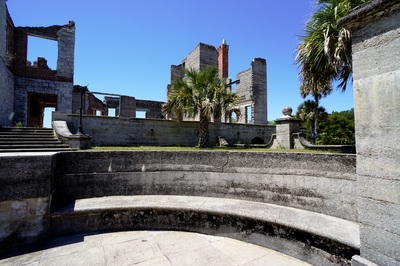
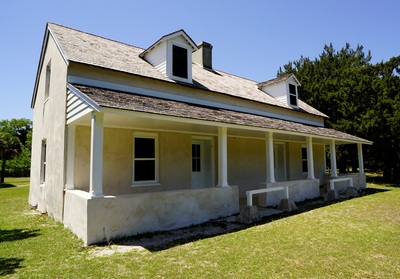
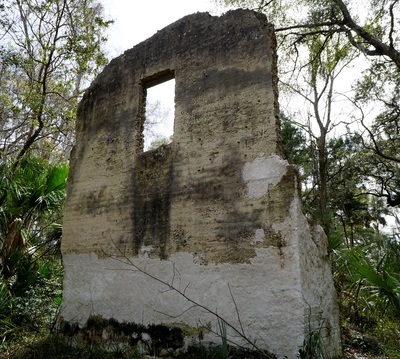
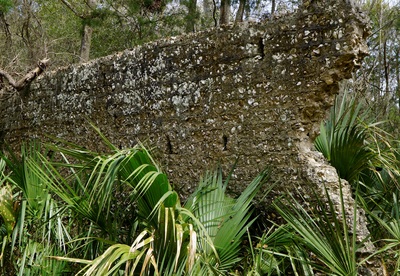
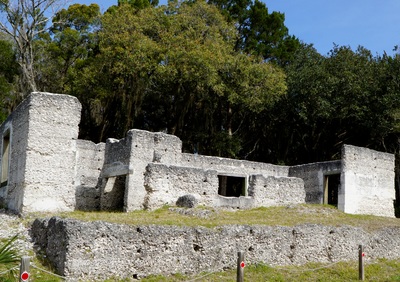
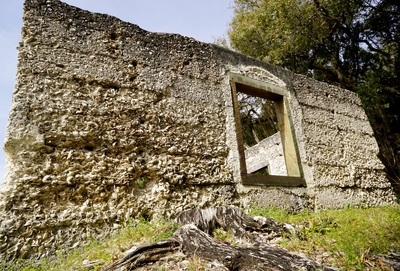
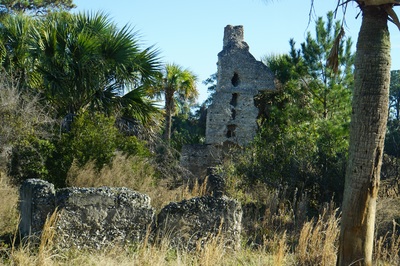
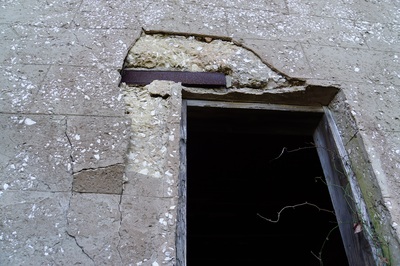
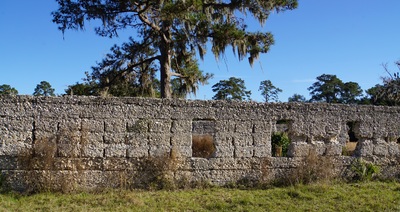
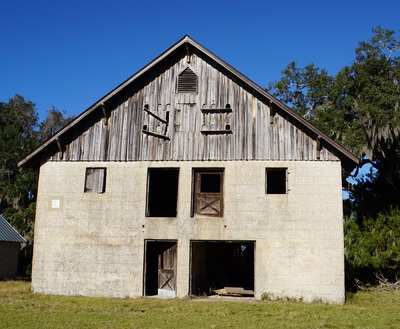
 RSS Feed
RSS Feed
